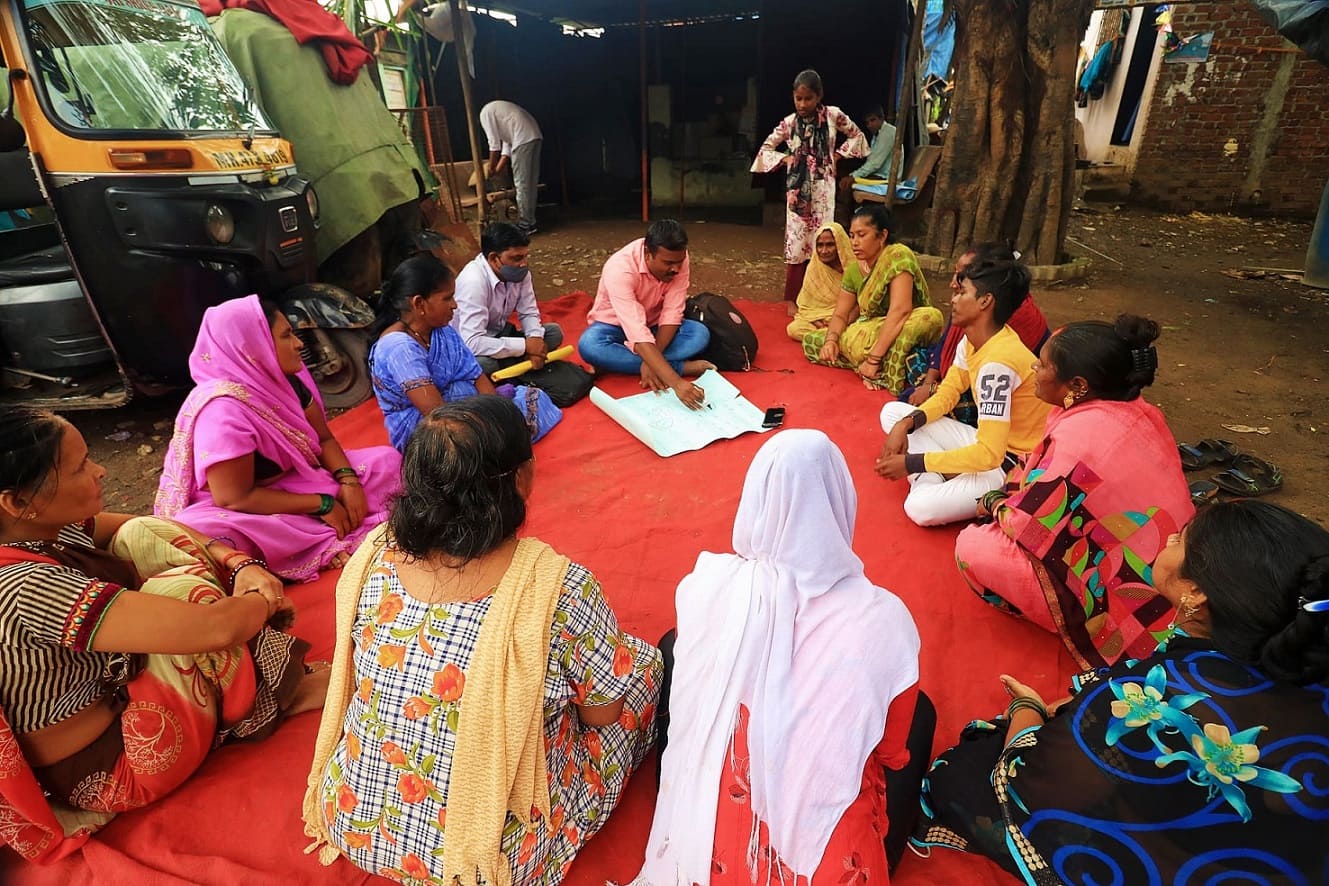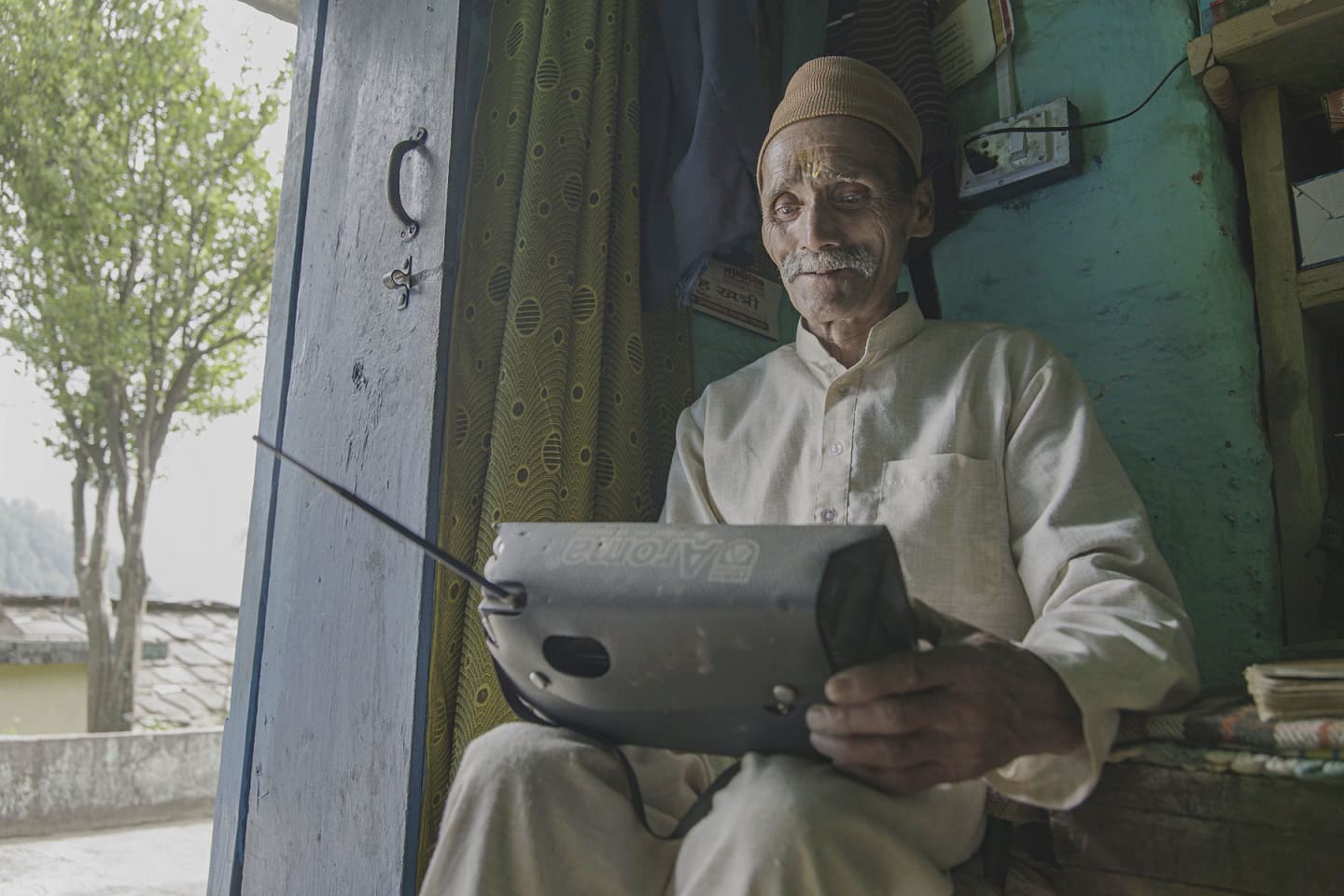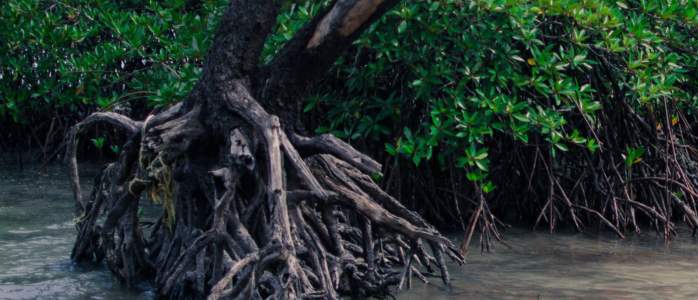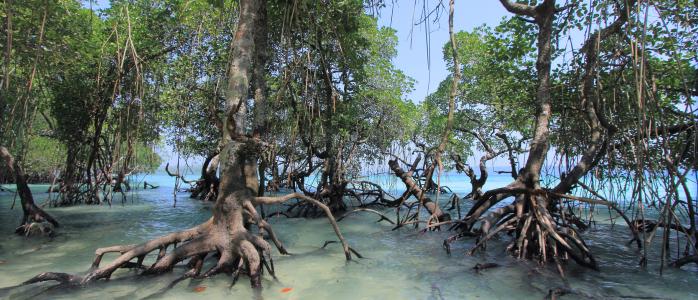



As world leaders gather at the annual United Nations (UN) climate summit — COP27 — in Egypt, discussions on climate-induced loss and damage are taking centre stage. Often, developing countries with lower adaptive capacities are at the receiving end of such loss and damage. In 2022, rural areas of states such as Assam, Bihar, Uttar Pradesh and West Bengal were brought to a standstill due to extreme flooding impacting over 18 million people1, immersing houses, damaging crops and destroying lands. Our cities such as New Delhi and Bangalore too have been submerged in the aftermath of incessant rainfall in recent months. According to CEEW’s research, eight out of 10 people in India are vulnerable to extreme climate events such as cyclones, floods and droughts. However, what’s even more alarming is that nearly 25 per cent of these people lack the capacity to adapt to these escalating impacts.
To adapt better, communities at India’s grassroots have a critical role to play along with access to finance and technology and climate-proofing of infrastructure. Over the last year, CEEW interacted with people residing in some of India’s most climate-vulnerable states to explore how they are coping with the impending climate crisis. The stories captured from Kerala, Maharashtra, Odisha, Rajasthan and Uttarakhand as part of the ‘Faces of Climate Resilience’ project highlight how communities are becoming agents of change by embracing traditional wisdom and nature-based solutions. Just as Prime Minister Narendra Modi launched Mission LiFE (Lifestyle for Environment), which gives agency to people for sustainable lifestyle choices, there is a strong case for scaling up community action for adaptation.
First, mainstream a participative approach towards continuous risk assessments at the grassroots levels, especially in areas with a high risk of extreme climate events. Such granular information can equip communities and decision-making authorities for disaster risk reduction. For instance, with the help of a local NGO, a collective of residents in Ambojwadi — an informal settlement near the sea in northwestern Mumbai — have mapped out areas prone to flooding in the settlement and devised the first-response strategy in case of an extreme climate event. They are also sensitising their community about the climate crisis, which is the first step towards enhancing climate resilience.

The community in Ambojwadi marked the areas prone to flooding to prepare themselves for any extreme weather event.
They also formed a first-response team and trained its members.
Photo: Milan George Jacob
Second, communities should actively engage in climate-proofing infrastructures to reduce loss and damage. Let's take the example of 49-year-old Jayachandran, whose house was swept away in the 2018 floods in Kerala's Idukki district. When he rebuilt his house, he ensured that a thorough risk zonation mapping was undertaken and the piece of land was certified ‘not landslide-prone’. Additionally, the new house is climate-resilient and can withstand the impacts of present and future extreme floods. This example highlights the urgent need for communities to understand the significance of climate-proofing infrastructure, especially in ecologically fragile regions such as hill stations and coastal regions. According to the World Bank, every USD 1 invested in climate-proofing infrastructure can fetch benefits worth USD 42.
Third, make climate information more accessible and people-centric by including communities in the information dissemination process. In Uttarakhand’s Rudraprayag district, Mandakini ki Awaaz — a community radio station — has become an invaluable link between the government and the communities in improving the effectiveness of early warning systems. They regularly correspond with the State Disaster Management Authority and the India Meteorological Department, Dehradun, to relay accurate and up-to-date weather information and early warnings. Scaling up such initiatives could help save lives and livelihoods across the country.

Villagers in Rudraprayag district, Uttarakhand, tune in to Mandakini ki Awaz for information on weather and disasters.
Photo: Shawn Sebastian
Fourth, educate and support communities to embrace multiple nature-based solutions (NbS) and build climate resilience for the long term. Some communities are already embracing NbS to protect themselves from climate extremities. For instance, 10 self-help groups in Tandahara village, in the Puri district of Odisha, are regrowing Casuarina forests along the coast to reduce the impact of cyclones and seawater intrusion. The super cyclone of 1999 uprooted the vast stretch of casuarina forest along the coast. But the villagers believe they would not have survived the cyclone if not for the forest acting as a buffer. Communities, with support from local authorities, should prioritise restoring natural ecosystems such as mangroves, forests, and wetlands to better prepare against climate shocks.
At the grassroots, communities are championing climate action. As India is set to take up the G20 presidency, promoting such a decentralised model could help the country emerge as a leader in climate adaptation. Together with Mission LiFE, community action could be India’s lesson to the world in building climate resilience bottom-up.
This blog was first published in Hindi in Rajasthan Patrika as an opinion piece.
Milan Jacob is a Communications Specialist and Shreya Wadhawan is a Research Analyst at the Council on Energy, Environment and Water (CEEW), an independent not-for-profit policy research institution. Send your comments to [email protected]@ceew.in






Add new comment